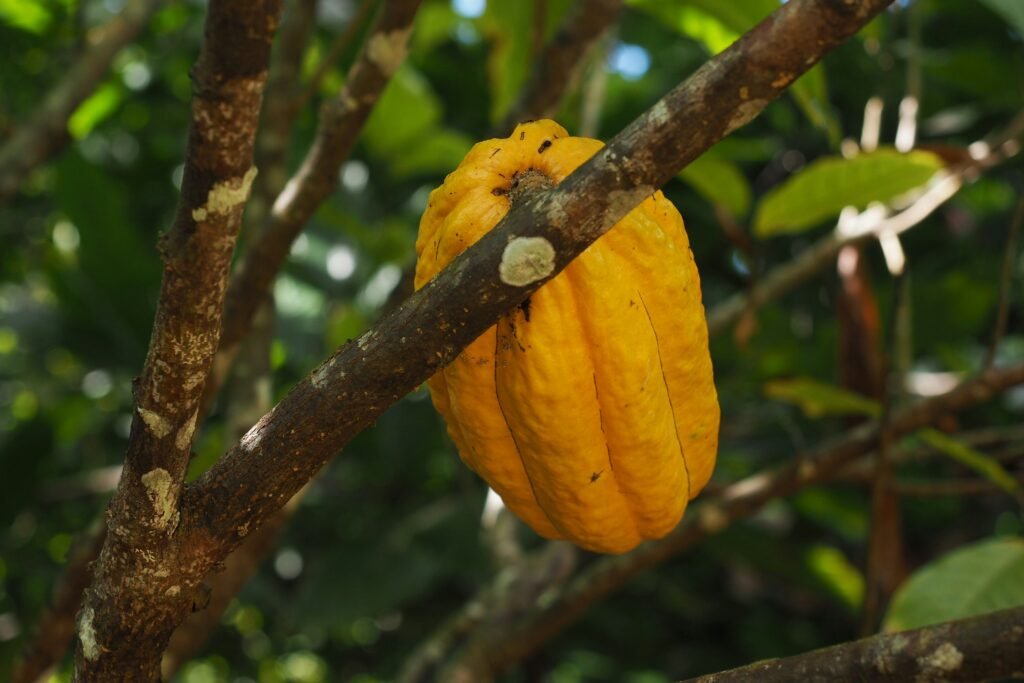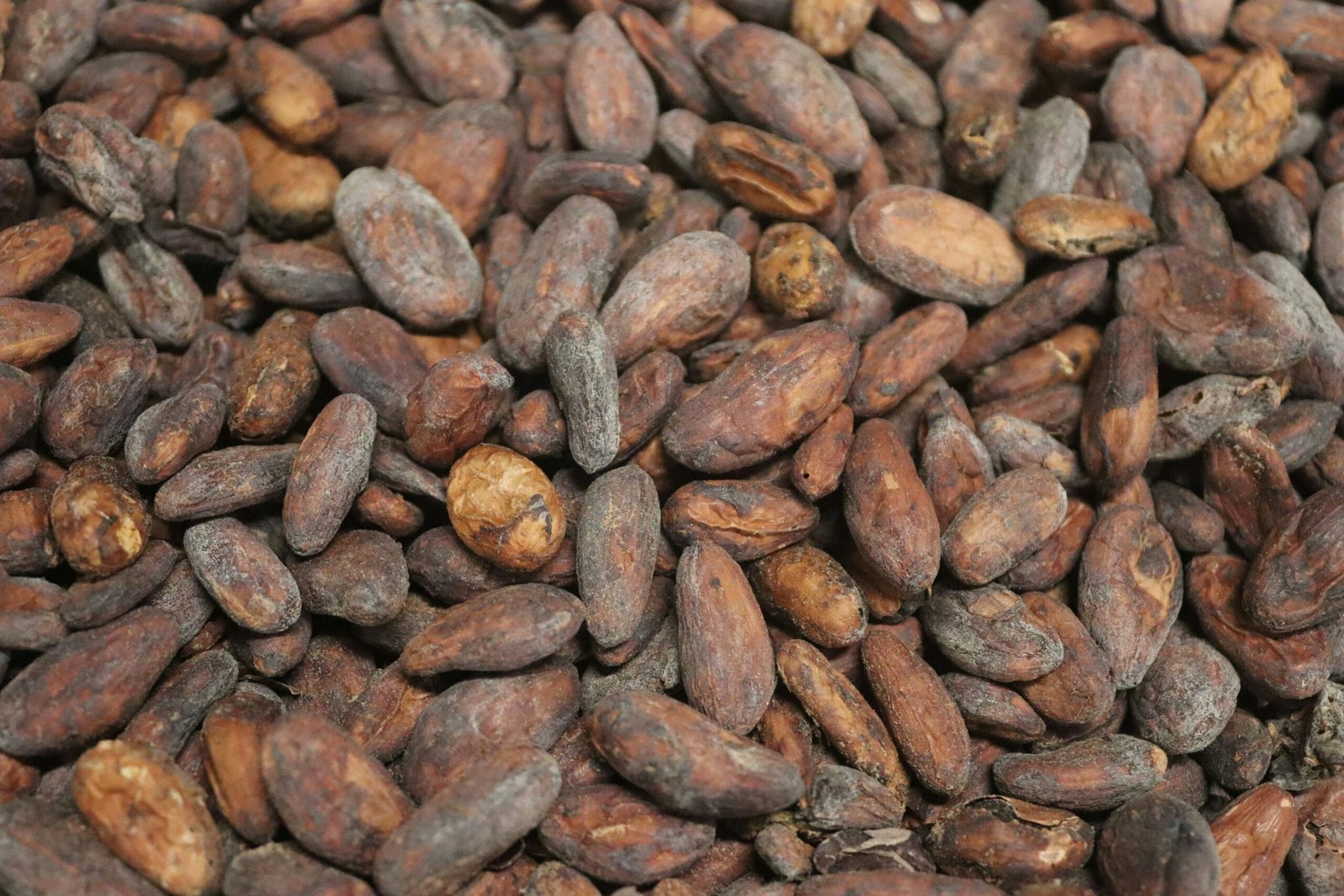A Global Commodity Under Duress
The global cacao trade is currently experiencing unprecedented volatility, with prices reaching historic highs. What’s unfolding in the markets is a complex story of environmental challenges, supply chain vulnerabilities, and geopolitical shifts that are sending shockwaves from the farms of West Africa to chocolate shops and grocery store shelves around the world.
The surge in prices isn’t a simple supply-and-demand issue; it is a direct result of a confluence of factors concentrated in a single, critical region: West Africa. Countries like Côte d’Ivoire and Ghana are responsible for over 60% of the world’s cacao output. Any disruption in this area has an immediate and dramatic impact on the global supply.

Environmental and Agricultural Challenges
The primary driver of the current crisis is the severe impact of adverse weather conditions. The “cacao belt”—a narrow band of equatorial land—is highly susceptible to climate change. The El Niño weather phenomenon has brought a devastating combination of prolonged droughts and excessive rainfall to the region. The droughts withered crops, while the heavy rains that followed led to widespread flooding and created ideal conditions for the spread of crop diseases.
One of the most destructive of these diseases is the Cocoa Swollen Shoot Virus (CSSV). This virus, spread by tiny insects, can wipe out entire plantations, and the only effective way to stop it is to cut down and destroy the infected trees. Given that new cacao trees take three to five years to mature and produce beans, the loss of existing crops creates a significant long-term supply deficit. Another major threat is Black Pod Disease, a fungal infection that rots the cacao pods and ruins the beans inside.
Economic and Geopolitical Undercurrents
The struggles of farmers are a critical component of this story. For years, the price of cacao beans was kept low, leaving many smallholder farmers in poverty. This lack of income has prevented them from investing in modern farming techniques, fertilisers, or disease-resistant cacao varieties. The ageing tree stock in many plantations is less productive and more vulnerable to disease. The combination of low returns and grueling labour has also led many young people to abandon farming for other livelihoods, contributing to a labour shortage.
Adding to the complexity are global supply chain issues. Recent geopolitical events have disrupted shipping routes, forcing longer, more expensive voyages and further inflating the cost of getting cacao beans to international markets. Furthermore, the European Union’s new Deforestation Regulation (EUDR), which requires companies to prove their products haven’t been grown on deforested land, is adding new compliance costs to the supply chain. While aimed at promoting sustainability, the immediate effect is to increase operational costs and complexity for traders and manufacturers.

The Impact on the Global Market
The consequences of this perfect storm are evident. Global cocoa inventories have plummeted to their lowest levels in decades, leading to a massive supply deficit. As a result, commodity traders and speculators have driven prices to unprecedented heights. In late 2024, cocoa prices surpassed $12,000 per metric ton, a quadrupling from historical norms.
Major chocolate manufacturers and confectionery companies are now grappling with a difficult reality. To cope with the skyrocketing cost of their primary raw material, they have had to implement various strategies:
- Price Hikes: Passing the higher cost of production directly onto the consumer.
- “Shrinkflation”: Reducing the size of products while keeping the price the same.
- “Skimpflation”: Changing recipes to use less cacao and more fillers or alternative ingredients.
While there has been some recent price correction as demand has softened and some weather patterns have improved, most analysts agree that prices will remain structurally higher for longer. The underlying issues of climate vulnerability and underinvestment are not easily fixed. The current crisis highlights the fragility of a global food system heavily reliant on a single region and underscores the pressing need for long-term solutions that address both environmental sustainability and the economic wellbeing of cacao farmers.

